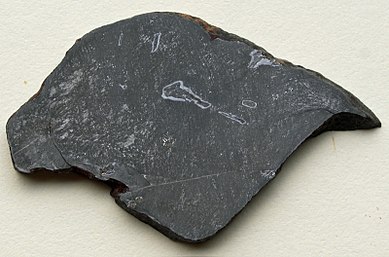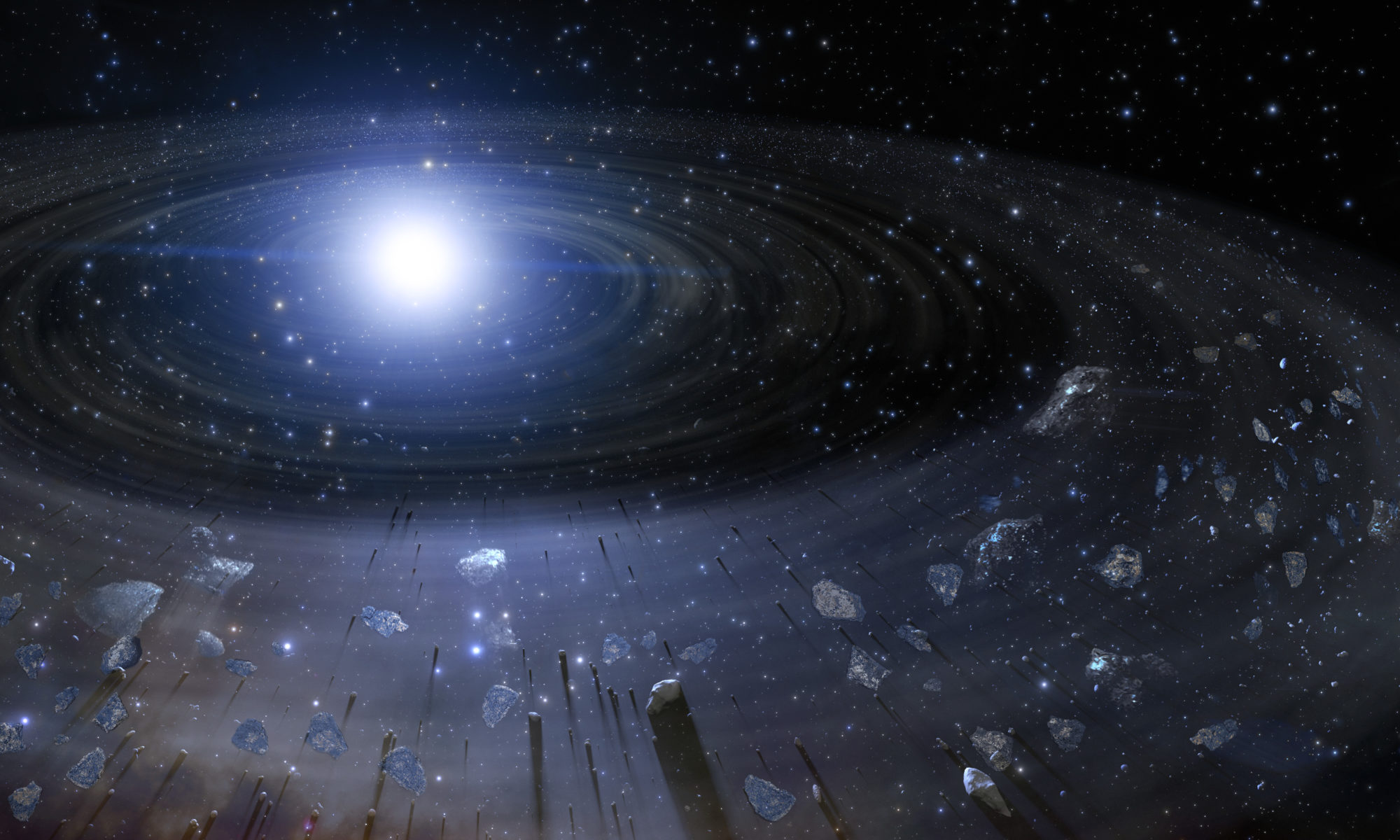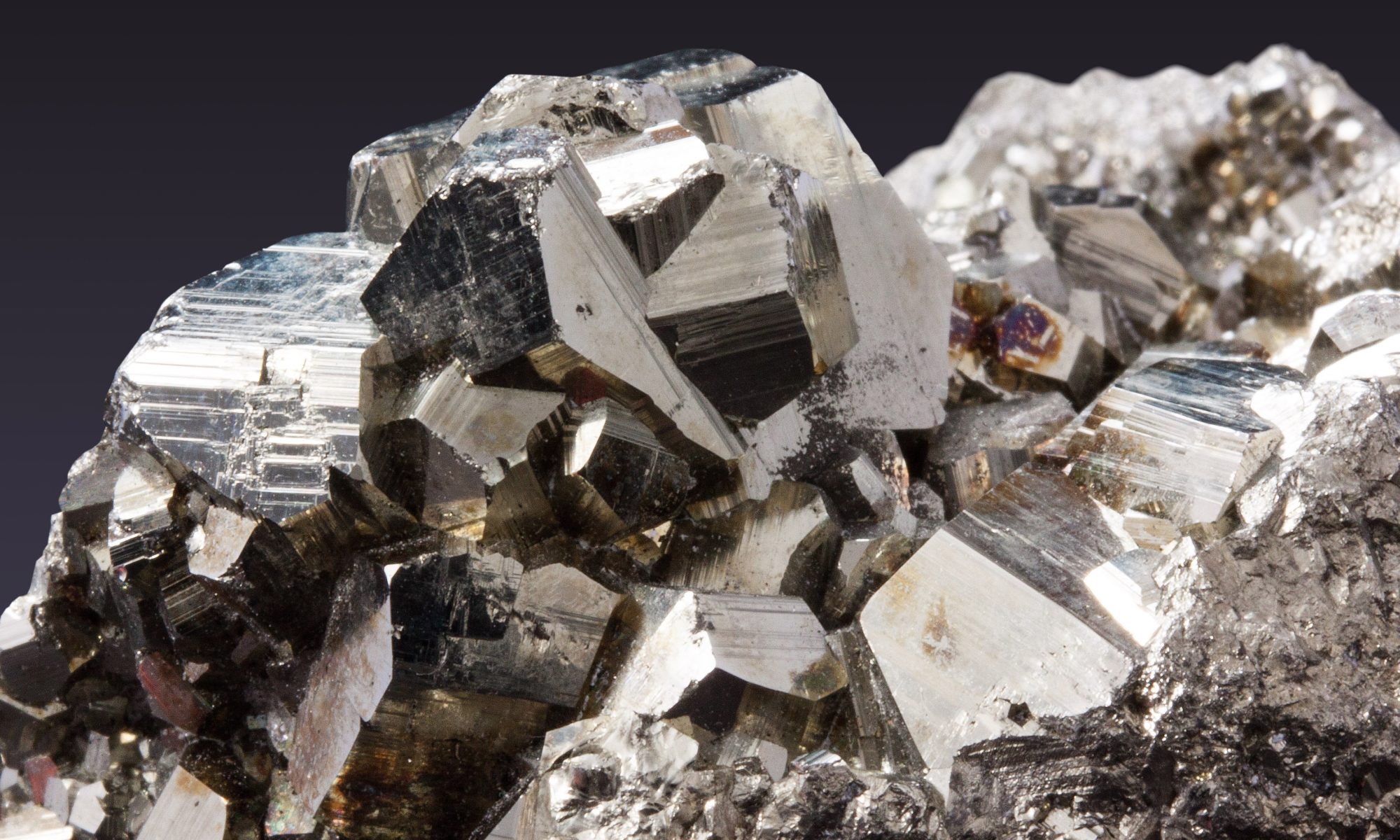Featured Image: A sample of the mineral schreibersite, a possible source of meteoric phosphorus. CC-BY 3.0, via Wikimedia commons.
Paper: Phosphorus mineral evolution and prebiotic chemistry: From minerals to microbes
Authors: Craig R. Walton, Oliver Shorttle, Frances E. Jenner, Helen M. Williams, Joshua Golden, Shaunna M. Morrison, Robert T. Downs, Aubrey Zerkle, Robert M. Hazen, Matthew Pasek
With a swift strike, a match bursts into flame. Life, like the flame, burst into existence almost 4 billion years ago, and as with the sparking of the match, phosphorus was a key ingredient. Phosphorus, element 15, is at the center of energy production in cells, forms cell walls, and provides the backbone for DNA.
Continue reading “Hunting for phosphorus on early Earth”







